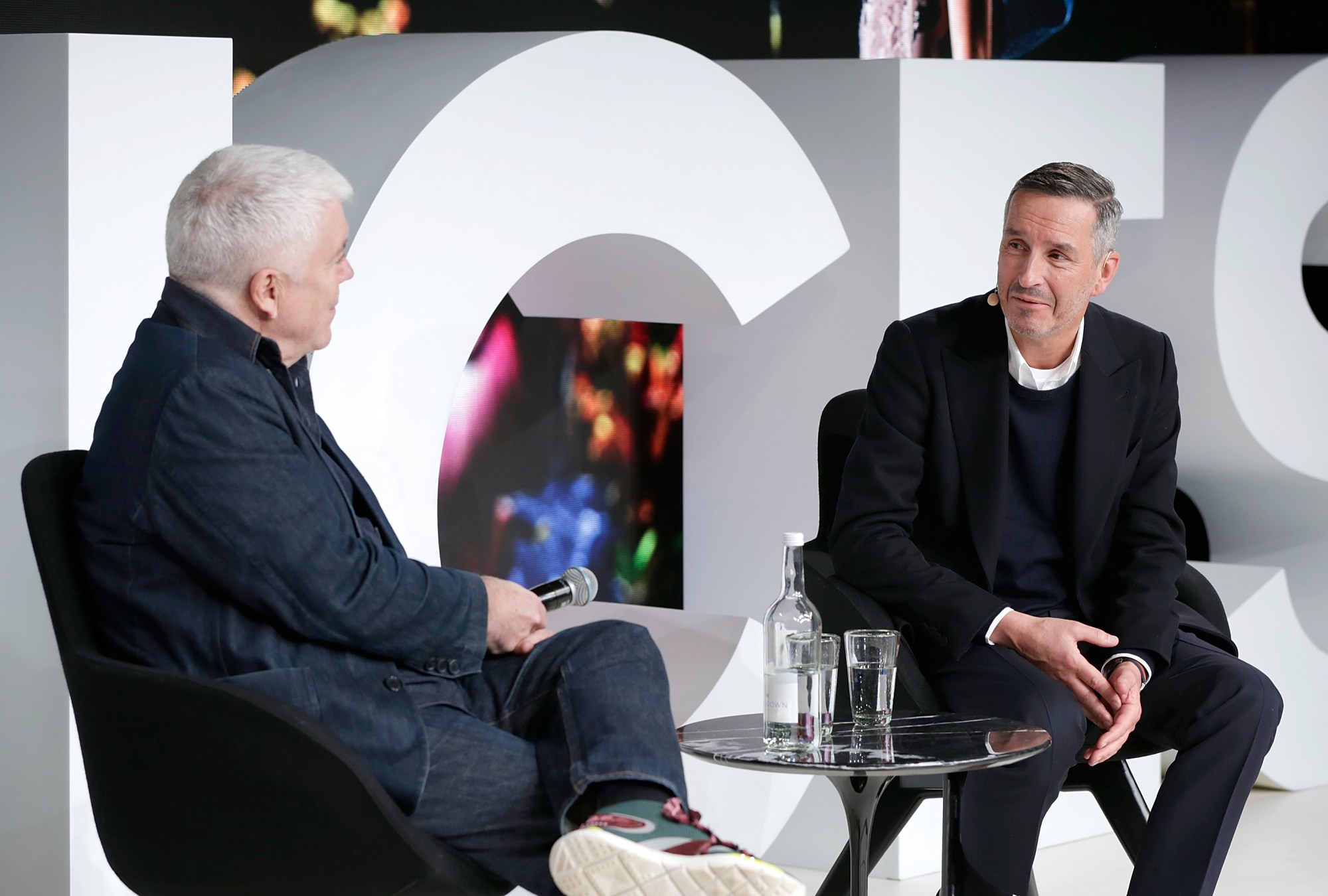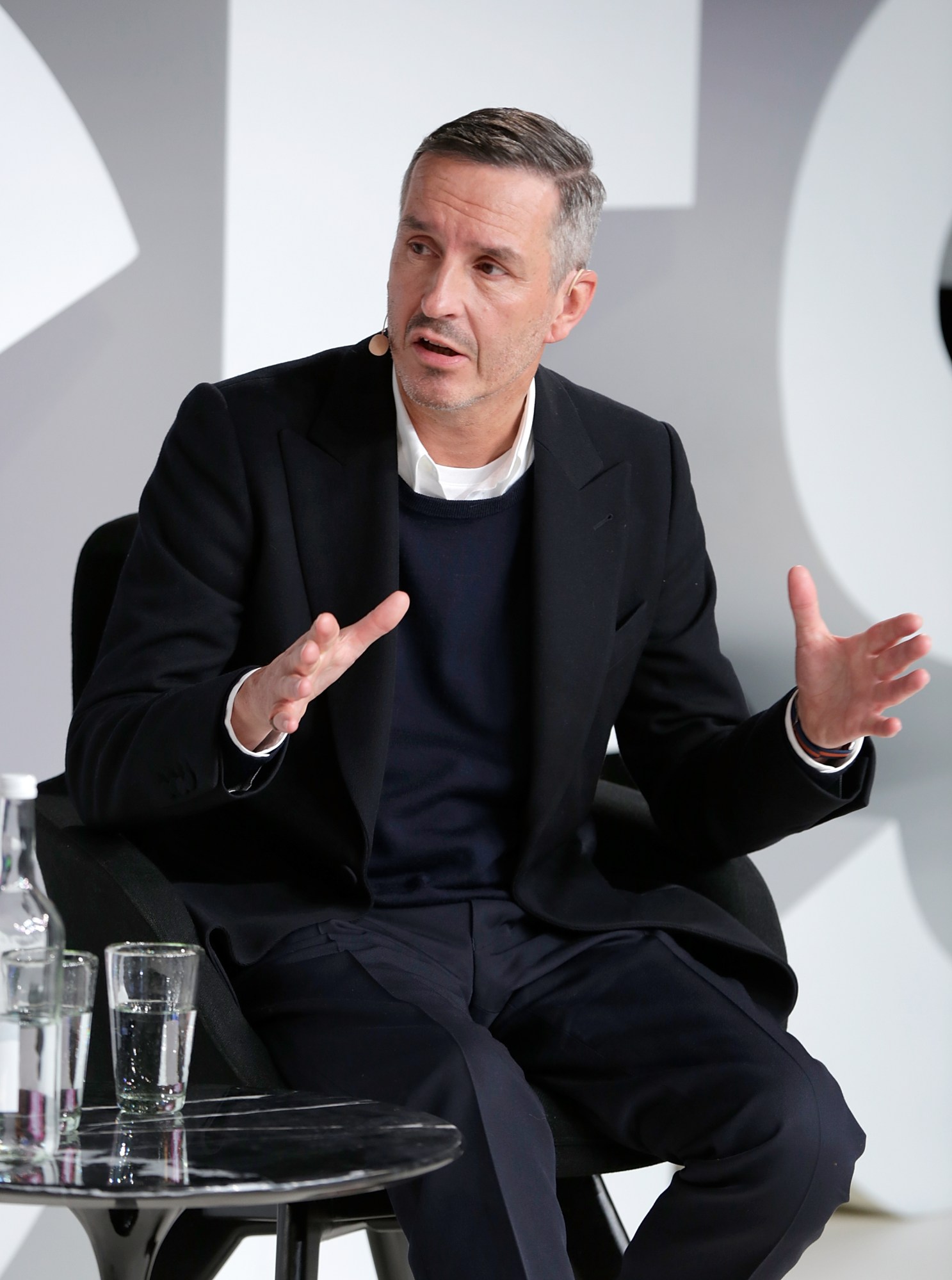Dries van Noten has had a mammothian year. The beloved designer put on his 100th show, released a book to celebrate the occasion and had an entire feature film released about him. Then, when every average joe would call it a day and settle down with a tall glass of wine and the latest Netflix binge, he heads off to Business of Fashion’s VOICES event to discuss the complexities of cultural appropriation in our current global climate, in conversation with BoF’s editor-at-large Tim Blanks. With the issue of cultural appropriation popping up after every Victoria’s Secret show, music festival and many a catwalk in between, it’s a worthwhile watch that we all stand to gain from.
We caught up with Dries after the talk to discuss his huge year, Francis Bacon and the state of the industry at large.
This year has been such a special one in your world. How has it felt for you?
It’s been very reflective, although the film is something else since it was made two years ago, but the book was really very important. I wanted to make the book not just for customers, but to see the evolution of the collections. Not just the evolution of my work but also the evolution of models smiling in the first shows then models getting more serious and getting younger. It’s interesting to see all the phones arriving, so all these things portray the evolution of fashion, in turn an evolution of the world. For me, [the book] cleans up my past, putting everything in a row. It makes looking to the future much easier because you know you can fall back on certain things from the past. It puts everything in perspective.
What do you think was the biggest lesson you learnt in the process?
I’m still hungry, I still want to see things, to learn and experience things.
A couple of years ago you had the Inspirations exhibition that looked at a number of different collections, showing the thematic continuity of your world. Is this book more of a chronological thing?
It was more of a history thing, but also it would be a pity to leave out the weak moments.
How are you when you finish a collection? Some designers don’t look at it at all and rip down their moodboard and start afresh.
I have to digest it. After a show I don’t want to see the videos. I can’t cope with that. It’s too much. I’m too much of a perfectionist, all that I see is everything that went wrong. That’s the good thing about fashion — there’s always the next collection. If you’re not happy with what you did before, before you know it you’re in the middle of the next one.

How do you feel about the changing shape of fashion? You’ve seen such tremendous shifts. Do you feel like you have more freedom?
I have freedom but it’s also very relative because I have to develop my business, which has to be successful. I have my obligations to the staff who work in my company but also we have 3,000 people doing our embroideries, so even when I don’t feel like doing embroidery for a certain season I need to have this possibility, so that the different villages have work to do because otherwise I lose all those people. I have my printer working for me, so every season there’s going to be prints in the collection. For me it’s very important to think like that, I want to be responsible and I am very proud of everything that I built up. Having relationships with all those people, where we can say, “There are still some weavers in England who survive,” because every season we buy so many fabrics from them.
You mentioned Francis Bacon-inspired collection a couple of times in the book, and that it’s quite a personal collection and one of your favourites.
Commercially it was not a big success and that is one of the strange things in fashion at the moment. Buyers [used to] buy collections with their heart, and now most buyers buy with sale figures in mind and they say — “We have to buy coats this season because last season it was a category that did very well.” Yeah, but maybe the coats this season aren’t so strong. It doesn’t work like that. You could see that the Francis Bacon collection was beautiful but not the most commercial because the shrimp-pink trench coat in wool is maybe not what every woman is dreaming of. It’s more like a nice memory. For me, it’s still a collection where I really moved things forward.
How influenced are you by the changing nature of politics and social change?
I’m a very curious person. I want to know and learn a lot of things and I try to have people around me who can teach and show me things. The political situation in the world is important. Sometimes I want to dream more and make something purely beautiful just for the sake of beauty instead of just a reflection of what’s happening in the world, since right now I’m not so fond of it. There is nothing wrong with dreaming, and fashion can make you dream. It’s not really about product and for me, [when it is] it kills fashion. I prefer, at the moment, to talk about dreams.
